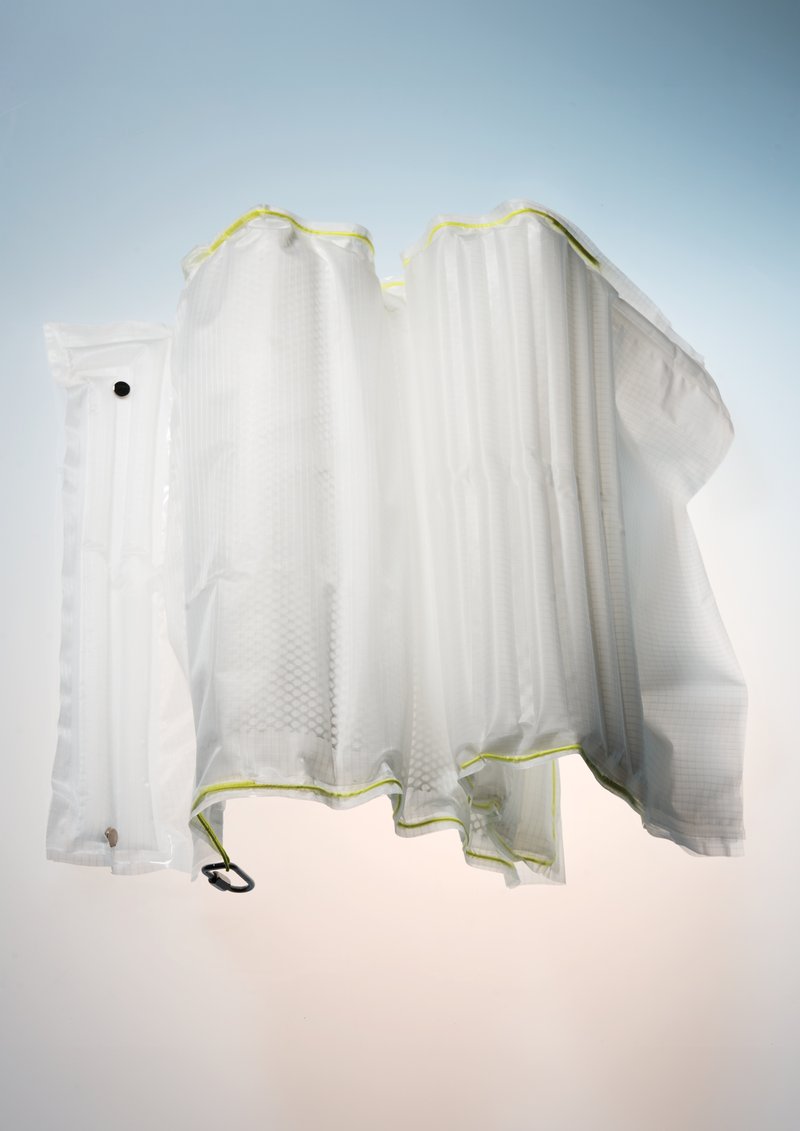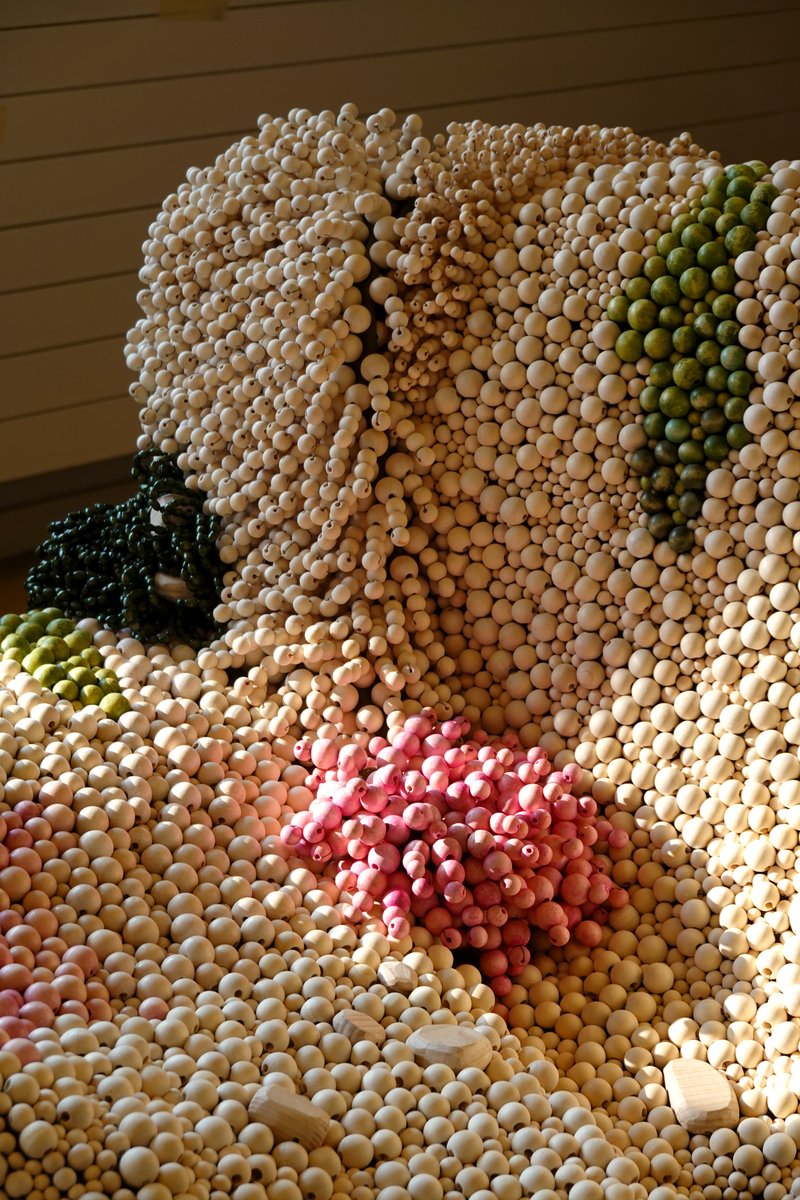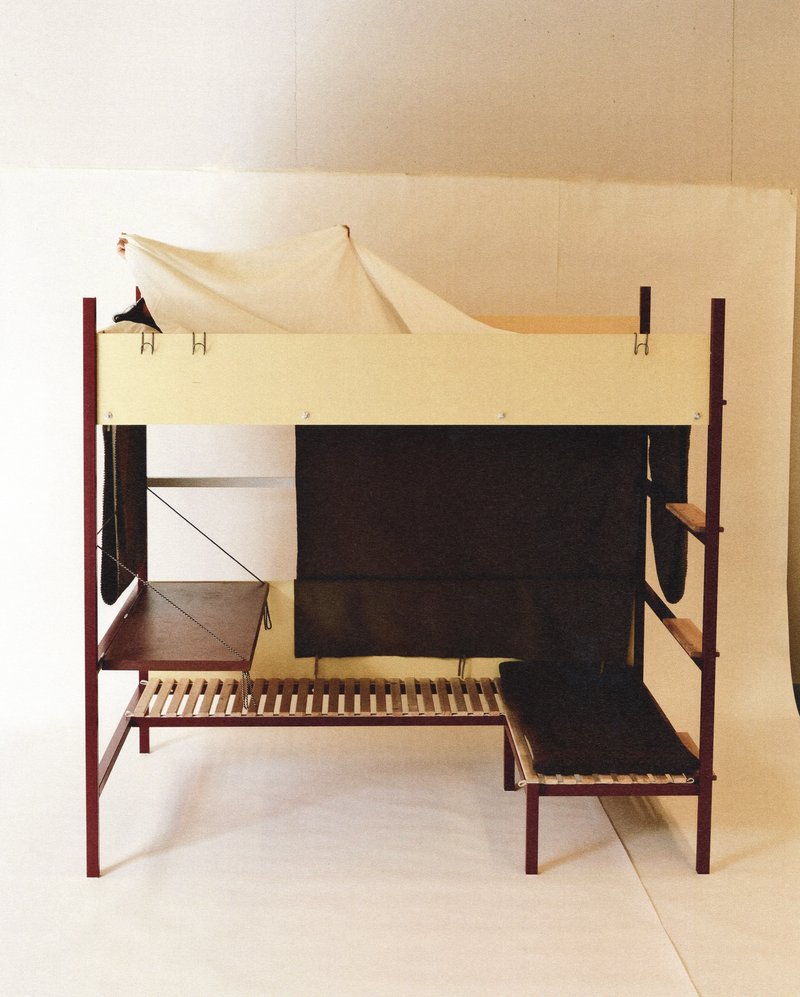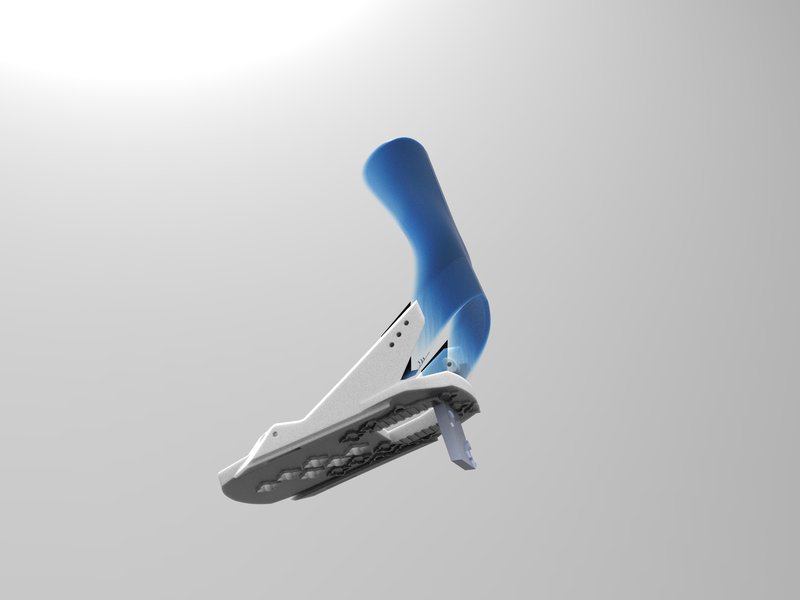From 15 June to 12 October at Lausanne Jardins 2019, discover some thirty gardens, including three projects created by ECAL Product Design Master students following a workshop with the Dutch designer Wieki Somers .
The three projects presented on the Terrasse de Bellefontaine are:
Le Point (Timothée Mion, Fabien Roy, Leonardo Vianello): Perched atop the roof of a car park above the level of the street, The Bellefontaine terrace is inconspicuous and little-used. To attract the attention and incite passers-by to discover this hidden garden, a sail unfolds every time the car park’s air vent is activated, like a landmark up in the sky. The blast that comes from the bowels of the earth propels the piece of fabric that twirls around in the wind. Air is the invisible link between all the layers of this place and Le Point makes it visible.
The Nocturnal Garden (Jeffery Lambert, Lorenz Noelle, Mathilde Lafaille): Sculptures during the day, stage directors at night: a series of lampshades bring the Bellefontaine terrace to life as night falls. They transform the park, diverting the rays of existing lights onto natural elements for a new experience of the garden. Each reflector creates little scenes with a dramatic interplay between light and nature that varies according to the wind and the rain.
Entrance (Samuel Lodetti, Benjamin Bichsel, Jingxiang Zhang): There is something fascinating about gazing into water. Through the transparency of this element, hidden worlds appear and one can get lost in their infinity. Entrance plays on this fascination. Thanks to an optical effect, the park is connected to the various levels of the car park. The small fountain transforms into a bottomless abyss of stratified storeys, and visitors are invited to dive into this endless world.
https://lausannejardins.ch/en/












